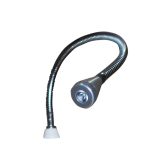LED Light Bulbs: Unveiling Their Efficiency and CostSaving Benefits
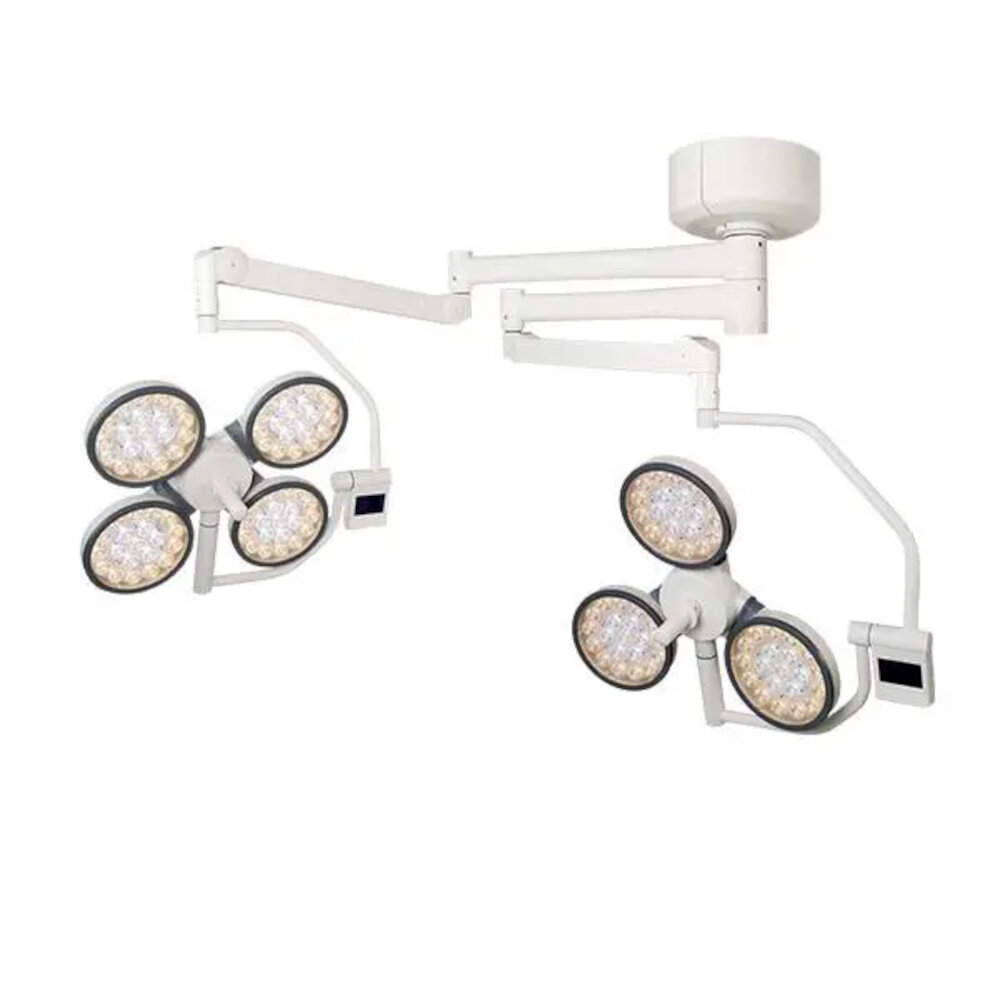
In recent years, LED light bulbs have gained tremendous popularity, and for good reason. LED bulbs are not only more energy-efficient than traditional incandescent bulbs, but they also offer significant cost-saving benefits in the long run. They are designed to use less energy, produce less heat, and last longer than other types of bulbs. With improved technology and efficiency, LED bulbs have become an attractive alternative for consumers looking to reduce their energy consumption and save money on their electricity bills. The benefits of LED light bulbs extend far beyond just energy savings and cost-effectiveness. They are also environmentally friendly, as they emit less carbon dioxide and other harmful gases into the atmosphere. LED bulbs do not contain mercury, which is a toxic element found in traditional bulbs, making them safer to use and dispose of. Additionally, LED bulbs come in a range of colors, shapes, and sizes, making them a versatile option for any lighting need in homes, offices, and public spaces. With so many advantages, it’s no wonder that LED light bulbs are becoming the go-to choice for lighting solutions in the modern world.
LED light bulbs are a type of solid-state lighting that converts electricity into light using a semiconductor material. Unlike traditional incandescent bulbs, which produce light by heating a filament, LED bulbs are more energy-efficient because they don’t waste energy by producing excess heat. LED bulbs are also longer-lasting, typically lasting up to 25,000 hours or more, and are available in a range of colors and brightness levels. While LED bulbs may be more expensive initially, their energy efficiency and longer lifespan make them a cost-saving investment in the long run. Additionally, LED bulbs are a more environmentally friendly lighting option because they contain no mercury or other hazardous materials, making them easier to dispose of and recycle.
The history of LED light bulbs dates back to the 1960s when they were first developed as a practical lighting source for electronic devices. However, the bulbs were not widely used as they were expensive and not efficient enough to replace traditional light bulbs. It wasn’t until the 1990s that advancements in LED technology allowed for brighter and more energy-efficient bulbs to be manufactured. These early LED bulbs were primarily used in electronic devices and traffic signals. In the early 2000s, LED technology continued to improve, and LED bulbs became more affordable and practical for use in homes and businesses. Today, LED light bulbs are the most energy-efficient and long-lasting lighting option available, making them a cost-saving and eco-friendly choice for consumers.
LED light bulbs have become increasingly popular due to their numerous benefits. One of the most significant advantages of LED bulbs is their energy efficiency. Unlike traditional incandescent bulbs, LED bulbs only use a fraction of the energy, which translates to a lower electricity bill. Additionally, LED bulbs have a longer lifespan, which means fewer replacements and less waste. They are also environmentally friendly as they do not contain toxic chemicals like mercury. LED bulbs offer a variety of color temperatures and brightness levels, making them suitable for any lighting need. Overall, the importance of LED light bulbs lies in their ability to save money, energy, and the environment while providing high-quality lighting.
Efficiency of LED Light Bulbs
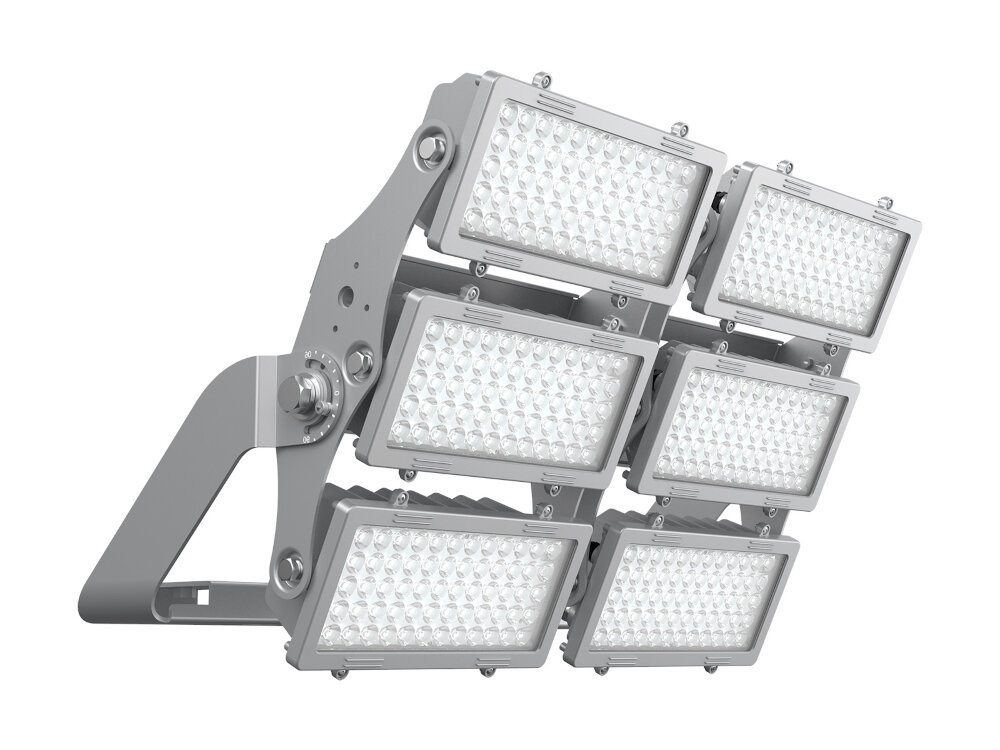
LED light bulbs are highly efficient and cost-effective compared to traditional incandescent bulbs. LED bulbs use significantly less energy to produce the same amount of light as incandescent bulbs, resulting in lower electricity bills for households and businesses. In addition, LED bulbs have a longer lifespan, making them even more cost-effective in the long run. This is because LED bulbs emit light in a more focused direction and do not produce as much heat as incandescent bulbs, which can cause them to burn out faster. LED bulbs also contain no hazardous materials, making them a safer and more environmentally friendly lighting option. LED bulbs also have the added benefit of being highly customizable. They come in a variety of colors and brightness levels, allowing users to choose the perfect lighting for their specific needs. Additionally, LED bulbs can be easily dimmed, creating a more relaxing and comfortable atmosphere in homes and businesses. With the ability to be easily controlled through smart home technology, LED bulbs can also be programmed to turn on and off at specific times or in response to certain events, making them a convenient and efficient lighting option. Overall, LED light bulbs provide a variety of benefits, including energy efficiency, cost savings, and customization options, making them an excellent choice for anyone looking to upgrade their lighting.
When it comes to energy efficiency, LED light bulbs outperform traditional incandescent light bulbs by a significant margin. LED light bulbs use up to 80% less energy than incandescent bulbs to generate the same amount of light, resulting in lower electricity bills and reduced carbon footprint. Additionally, LED bulbs have a much longer lifespan than incandescent bulbs, lasting up to 25 times longer. LED bulbs also emit less heat, making them safer and more efficient. While LED light bulbs may have a higher upfront cost than incandescent bulbs, their long-term energy savings and durability make them a cost-effective and eco-friendly choice for lighting.
LED light bulbs are energy-efficient lighting solutions that work using a different mechanism than traditional incandescent bulbs. These bulbs use a semiconductor material, typically made of gallium, arsenic, phosphorus, or nitrogen, to convert electricity into light. When a current flows through the semiconductor material, it excites the electrons, causing them to release energy in the form of photons. Unlike incandescent bulbs, which generate a lot of heat and waste energy, LED bulbs produce very little heat and consume far less electricity, making them an ideal choice for energy-efficient lighting. Additionally, LED bulbs can last up to 25 times longer than incandescent bulbs, making them a cost-effective option for both residential and commercial use.
LED light bulbs have several advantages over traditional incandescent bulbs. First and foremost, they are far more energy-efficient, as they consume up to 80% less energy than traditional bulbs. This translates to significant cost savings on electricity bills and a longer lifespan for the bulb. Additionally, LED bulbs emit less heat than traditional bulbs, making them safer to use and reducing the risk of fire. LED bulbs are also more environmentally friendly, as they contain no toxic substances and can be recycled. With their increased durability and versatility, LED bulbs are quickly becoming the preferred choice for homeowners and businesses alike.
CostSaving Benefits of LED Light Bulbs

LED light bulbs have been gaining popularity in recent years due to their energy efficiency and cost-saving benefits. They use significantly less energy than traditional incandescent bulbs, making them an excellent choice for households and businesses looking to reduce their energy consumption and carbon footprint. LED bulbs are also made from more durable materials, meaning they last longer and require less frequent replacements. This not only saves money on replacement costs but also reduces the amount of waste produced from discarded bulbs. Another benefit of LED bulbs is their ability to produce a brighter light while using less energy. This means that households and businesses can enjoy the same level of brightness while using fewer bulbs and saving money on their energy bills. Additionally, LED bulbs are available in a range of colors, making them an ideal choice for mood lighting or decorative purposes. They also emit less heat than traditional bulbs, which can help reduce cooling costs in warmer climates. Overall, the cost-saving benefits of LED bulbs make them a smart investment for anyone looking to save money on their energy bills while reducing their impact on the environment.
When it comes to comparing the cost of LED light bulbs and traditional light bulbs, there are several factors to consider. While the upfront cost of LED bulbs is typically higher than that of traditional bulbs, their significantly longer lifespan and lower energy consumption make them a more cost-effective option in the long run. LED bulbs can last up to 25 times longer than traditional bulbs, meaning that they need to be replaced less frequently, and their energy efficiency means that they use up to 80% less energy than traditional bulbs. Over time, these cost savings can add up significantly, making LED bulbs a smart investment for anyone looking to save money on their lighting costs.
LED light bulbs are a great investment for those who want to save money in the long run. Unlike traditional incandescent bulbs, LED bulbs use less energy and have a much longer lifespan, which means they need to be replaced less frequently. This translates to significant energy and cost savings over time. Additionally, LED bulbs emit less heat, which reduces the need for air conditioning and further cuts down on energy costs. While LED bulbs may have a higher upfront cost compared to traditional bulbs, their long-term efficiency and cost-saving benefits make them a smart choice for any household or business looking to reduce their energy consumption and save money on electricity bills.
LED light bulbs have proven to be a game-changer in the lighting industry, with their numerous advantages over traditional light bulbs. One of the main benefits is their longevity, as LED bulbs are known to last up to 25,000 hours, which is significantly longer than traditional bulbs. This means that they need to be replaced far less frequently, reducing maintenance costs and minimizing the hassle of constantly changing bulbs. Additionally, LED bulbs require minimal maintenance, as they do not have fragile filaments or other components that are prone to breaking. With their long lifespan and low maintenance requirements, LED bulbs are a cost-effective and efficient lighting solution that can provide significant savings over time.
Environmental Benefits of LED Light Bulbs
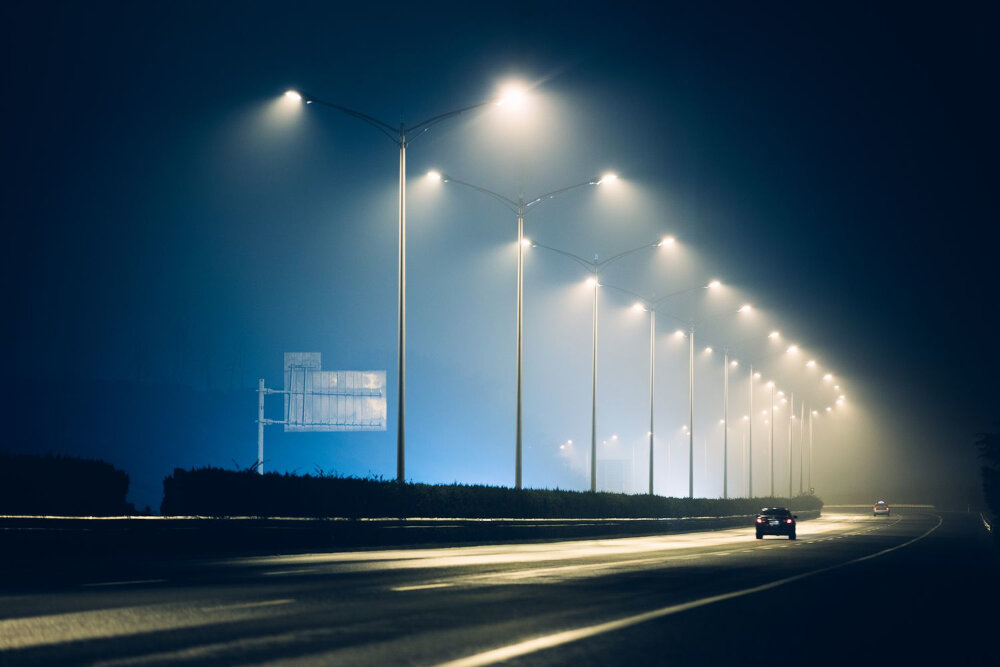
LED light bulbs are not only energy-efficient and cost-saving, but they also have a number of environmental benefits. One of the most significant benefits is their reduced carbon footprint. LED bulbs consume up to 90% less energy than traditional incandescent bulbs, which translates to a significant reduction in the amount of greenhouse gases emitted into the atmosphere. In addition, LED bulbs do not contain hazardous materials like mercury, which is found in CFL bulbs, and can be harmful to the environment if not disposed of properly. This makes LED bulbs a more eco-friendly option for lighting up homes, offices, and public spaces. Another environmental benefit of LED light bulbs is their longer lifespan. Compared to incandescent bulbs, which typically last for 1000 to 2000 hours, LED bulbs can last up to 50,000 hours. This means fewer bulbs need to be manufactured, transported, and disposed of, reducing the amount of waste generated. Furthermore, LED bulbs produce less heat than incandescent bulbs, which means less energy is required for cooling. This is particularly important in areas with high temperatures, where air conditioning can account for a significant portion of electricity use. Overall, the environmental benefits of LED light bulbs make them a smart choice for anyone looking to reduce their carbon footprint and contribute to a cleaner, greener planet.
When comparing the environmental impact of LED light bulbs and traditional light bulbs, it becomes clear that LED bulbs are the clear winner. Traditional bulbs are typically incandescent, which waste a large amount of energy as heat. In contrast, LED bulbs convert much more of their energy into light, making them much more energy-efficient. Additionally, LED bulbs last much longer than traditional bulbs, reducing the amount of waste generated from frequent replacements. LED bulbs also contain no mercury, which is a toxic substance commonly found in traditional bulbs. Overall, LED bulbs have a significantly smaller environmental impact than traditional bulbs.
LED light bulbs have been gaining popularity in recent years as a cost-effective and energy-efficient alternative to traditional incandescent bulbs. Not only do they use significantly less energy to produce the same amount of light, but they also have a longer lifespan. By using LED bulbs, individuals and businesses can reduce their carbon footprint by decreasing their energy consumption and subsequently reducing greenhouse gas emissions. Additionally, LED bulbs do not contain harmful chemicals such as mercury, which is often found in traditional bulbs and can be harmful to the environment if not disposed of properly. Making the switch to LED bulbs is a simple and effective way to reduce one’s impact on the environment while also saving money on energy bills.
LED light bulbs have proven to be a more sustainable alternative to traditional light bulbs due to a variety of reasons. Firstly, LED bulbs consume significantly less energy and have a longer lifespan, resulting in reduced carbon emissions, less waste and lower electricity bills. Secondly, LED bulbs are free of toxic materials and are more easily recyclable than traditional bulbs, reducing environmental impact. Additionally, the ability to adjust LED lighting levels and colors adds to their efficiency and adaptability, making them a more sustainable and versatile option. Overall, LED bulbs offer a more sustainable and cost-effective lighting solution, making them a popular choice for those seeking to reduce their energy consumption and environmental impact.
Choosing the Right LED Light Bulbs
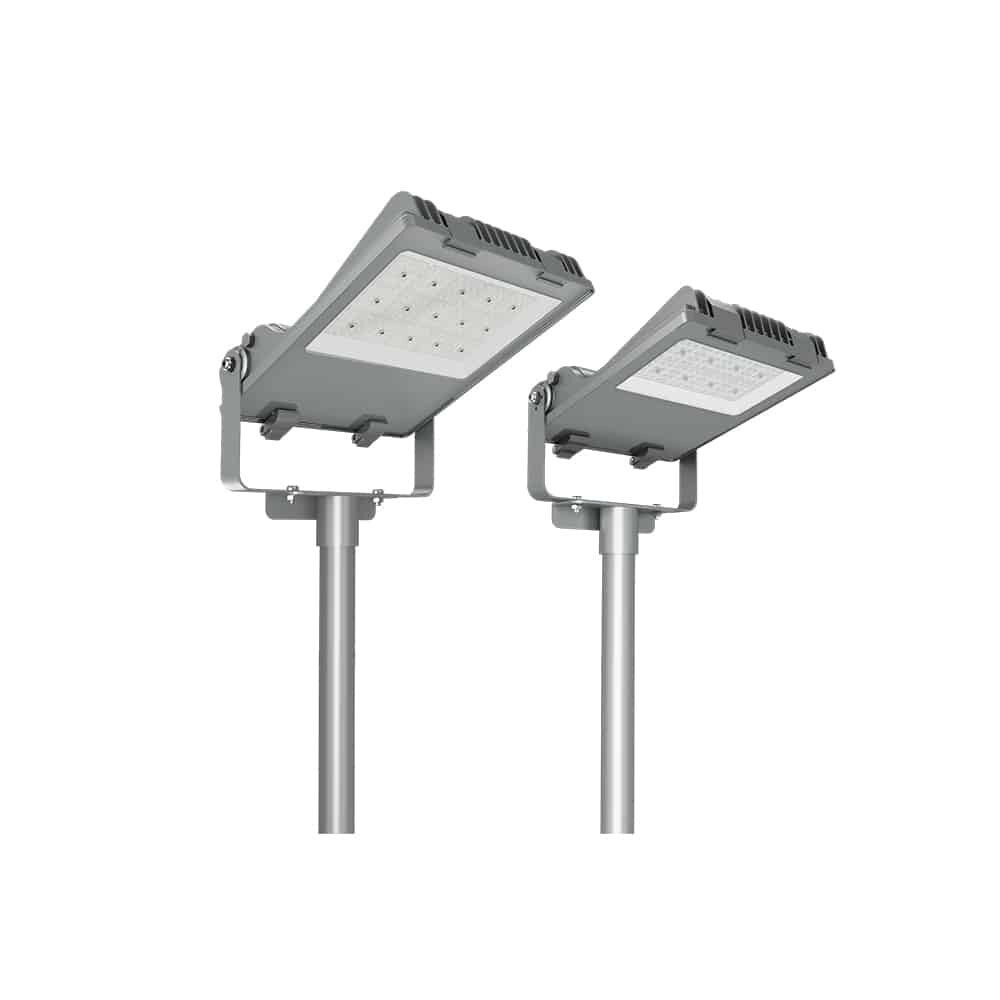
When it comes to choosing LED light bulbs, there are several factors to consider to ensure that you are getting the right fit for your needs. One of the most important things to consider is the brightness of the bulb, which is measured in lumens. The higher the lumens, the brighter the bulb will be. It is also important to consider the color temperature of the bulb, which is measured in Kelvin. Bulbs with a higher Kelvin rating will give off a cooler, bluish light, while bulbs with a lower Kelvin rating will give off a warmer, yellowish light. Consider the application of the bulb as well, as different bulbs may be better suited for different uses, such as dimmable bulbs for use in a bedroom or living room. Finally, consider the lifespan of the bulb, as LED bulbs typically last much longer than traditional incandescent bulbs, which can save you money over time. Another important factor to consider when choosing LED light bulbs is the energy efficiency of the bulb. LED bulbs are much more energy efficient than traditional incandescent bulbs, which means that they use less electricity to produce the same amount of light. This can lead to significant cost savings over time, especially if you are using a large number of bulbs in your home or business. Additionally, LED bulbs are much more environmentally friendly than traditional bulbs, as they do not contain harmful chemicals like mercury and are much easier to dispose of. Finally, LED bulbs are much more durable than traditional bulbs, as they are less likely to break or burn out, which can also save you money over time. Overall, choosing the right LED light bulbs can be a smart investment for your home or business, as they offer a wide range of benefits in terms of efficiency, cost savings, and environmental friendliness.
When choosing LED light bulbs, there are several factors that should be considered. The first factor to consider is the wattage of the bulb, which will determine the brightness of the light. It is also important to consider the color temperature of the bulb, as this will affect the ambiance of the room. Another important factor is the beam angle, which determines the direction of the light. Additionally, it is important to consider the lifespan of the bulb, as well as its energy efficiency and cost-savings potential. Finally, it is also worth considering the brand and quality of the bulb, as this can affect its durability and overall performance. By taking these factors into account, consumers can ensure that they choose LED light bulbs that are both efficient and cost-effective.
LED light bulbs have revolutionized the lighting industry with their energy efficiency and long lifespan. There are several types of LED bulbs available in the market, including A-shape bulbs, globe bulbs, candle bulbs, floodlights, and spotlights. A-shape bulbs are the most commonly used and can be used as a direct replacement for incandescent bulbs. Globe bulbs are ideal for decorative lighting, while candle bulbs are perfect for chandeliers and sconces. Floodlights and spotlights are used for directional lighting, and they come in various beam angles and color temperatures. With so many options available, consumers can choose the right LED bulb for their specific lighting needs.
When choosing the best LED light bulbs, it is important to consider several factors. First, determine the brightness you need based on the room and task. Look for the lumens rating on the package, which indicates the amount of light emitted. Next, choose the right color temperature that suits your preference and needs. For instance, warm white is suitable for relaxing spaces, while cool white suits active areas. Also, check the bulb’s compatibility with your fixtures and dimmer switches if you plan to use them. Lastly, consider the bulb’s lifespan, energy efficiency, and cost to ensure they meet your long-term needs and budget. By considering these factors, you can find the best LED light bulbs that provide optimal lighting and cost-saving benefits for your home or office.
LED light bulbs are a game-changer in the world of lighting. Not only are they more efficient than traditional incandescent bulbs, but they also have a longer lifespan, reducing the need for frequent replacement. In terms of cost savings, LED bulbs use significantly less energy, resulting in lower electricity bills. Additionally, they emit less heat, reducing the need for air conditioning, further reducing energy costs. The environmental benefits of LED bulbs are also noteworthy, as they contain no hazardous materials and emit fewer greenhouse gases than other bulbs. Overall, the adoption of LED bulbs is a win-win for both consumers and the environment.
Overall, it is clear that choosing LED light bulbs over traditional incandescent bulbs is a wise decision for both financial and environmental reasons. LED bulbs last significantly longer, are more energy-efficient, and emit less heat, making them a safer and more sustainable lighting choice. Additionally, with the advancements in LED technology, these bulbs are now available in a wider range of colors and styles, making it easier for consumers to find the perfect lighting solution for their needs. While the initial cost may be higher, the long-term cost savings and positive impact on the planet make LED bulbs an investment worth making. As we continue to prioritize energy efficiency and sustainability, making the switch to LED lighting is a small but impactful step in the right direction.
Conclusion
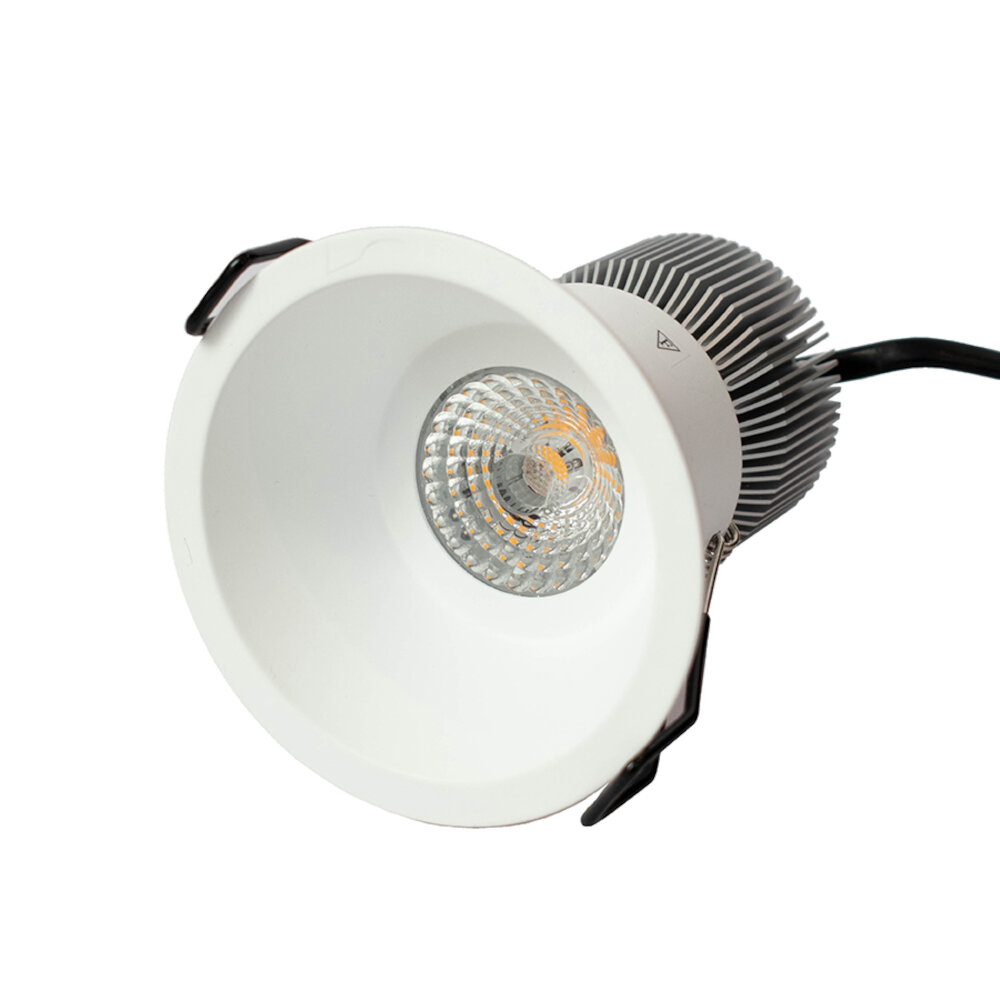
In conclusion, LED light bulbs have proven to be a game-changer in the lighting industry, with their unparalleled efficiency and cost-saving benefits. Not only do they consume less energy and last longer than traditional incandescent bulbs, but they also emit less heat, making them safer and eco-friendlier. Although the initial cost of LED bulbs may be higher than incandescent bulbs, their longevity and efficiency ultimately lead to significant savings in the long run. By making the switch to LED bulbs, we not only save money but also make a conscious effort to reduce our carbon footprint and contribute to a sustainable future.




